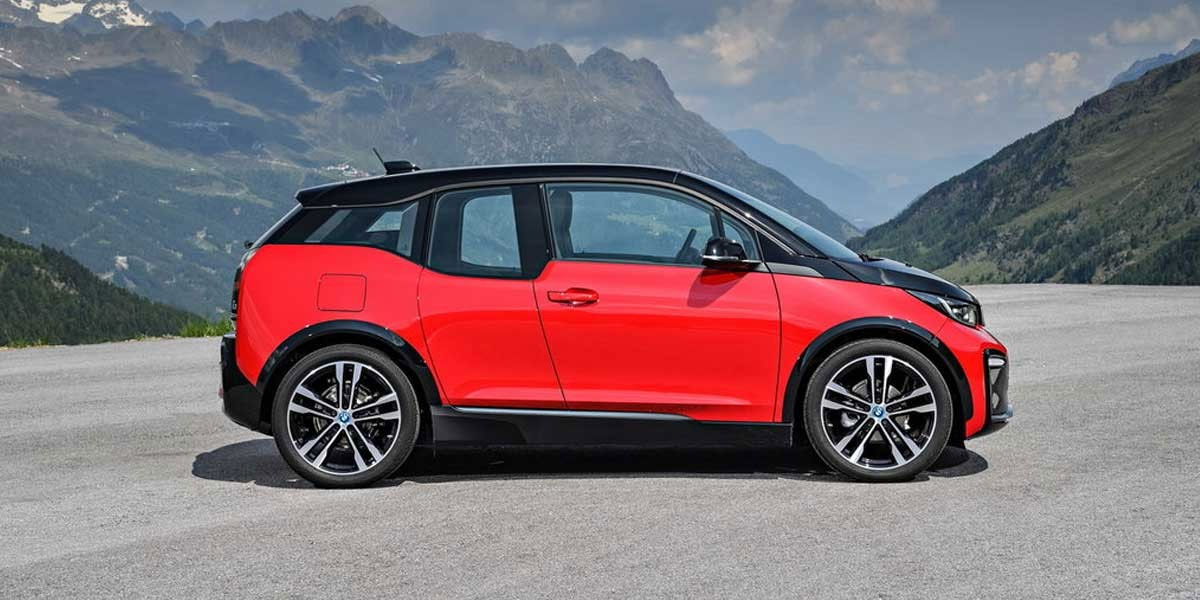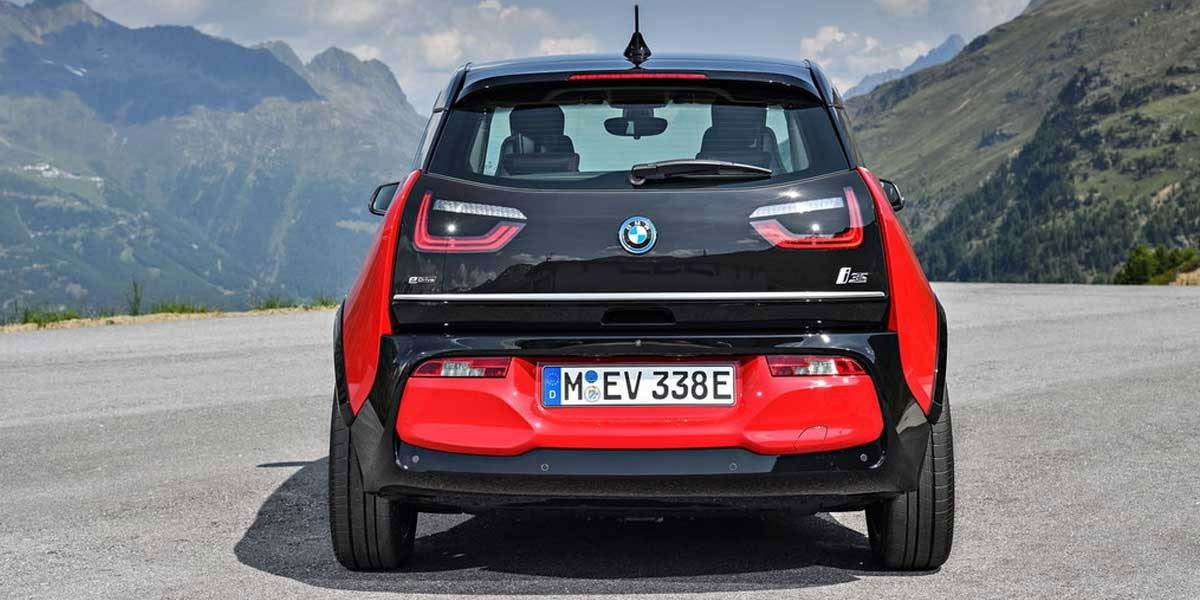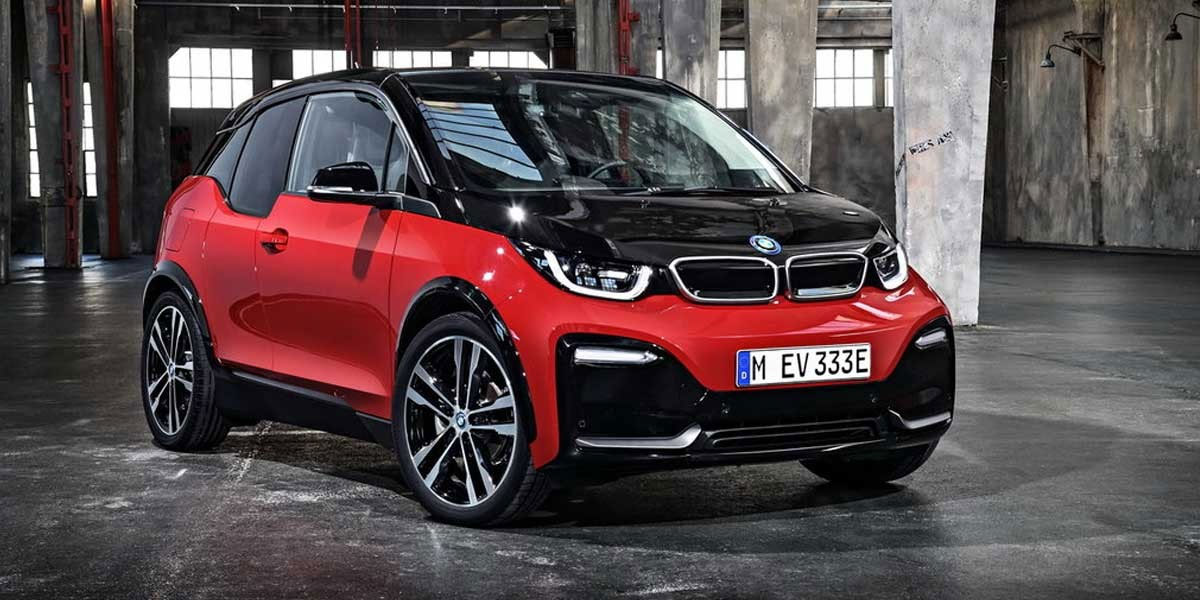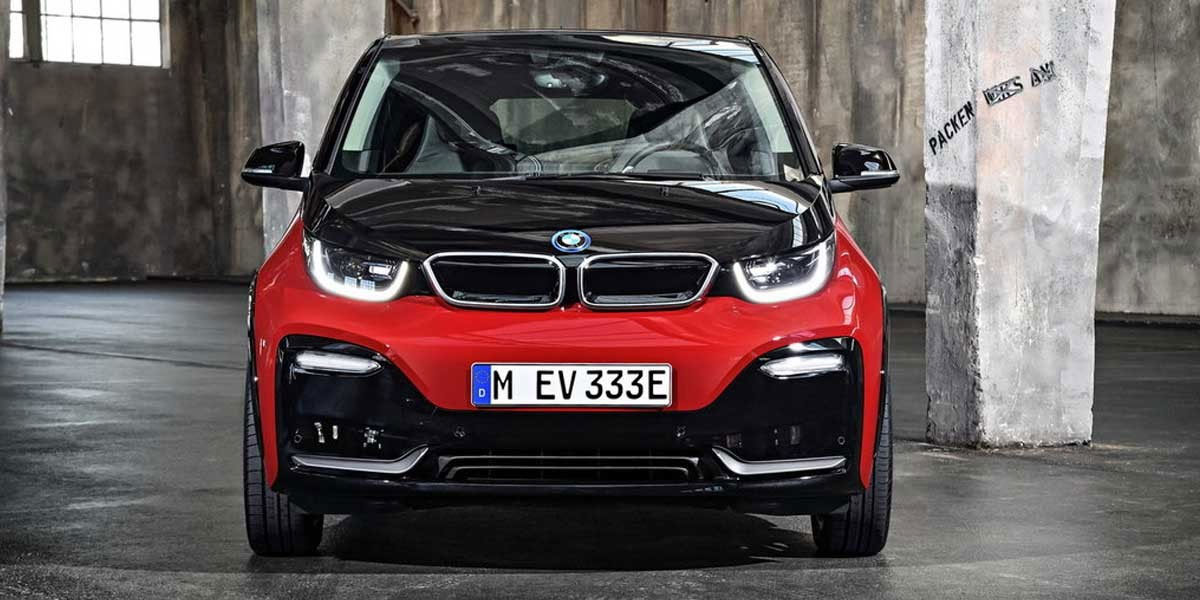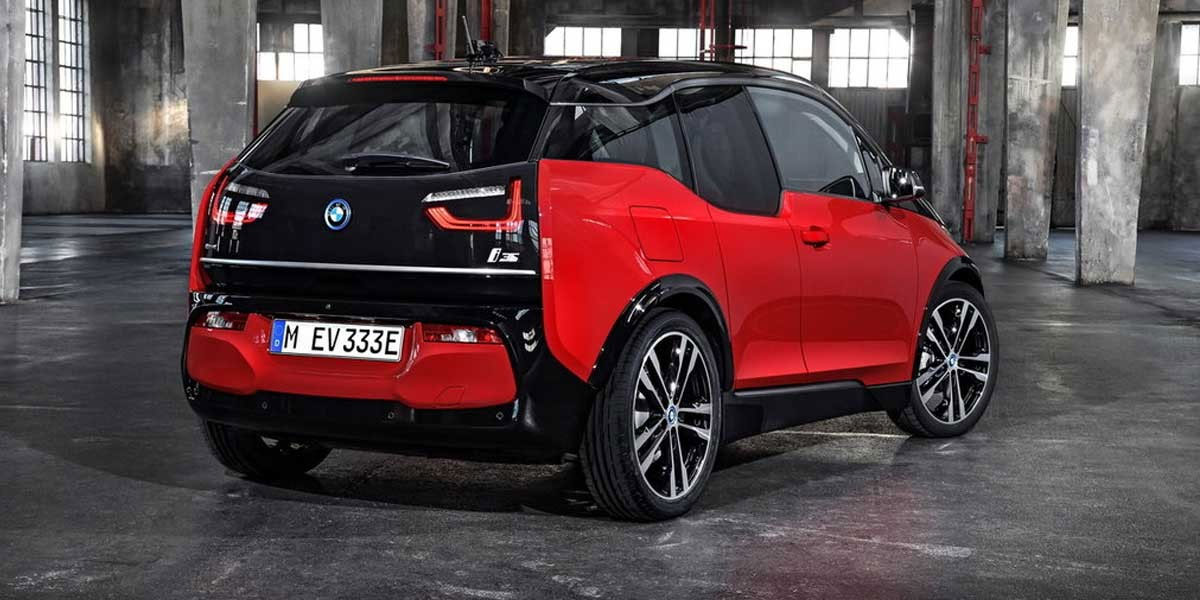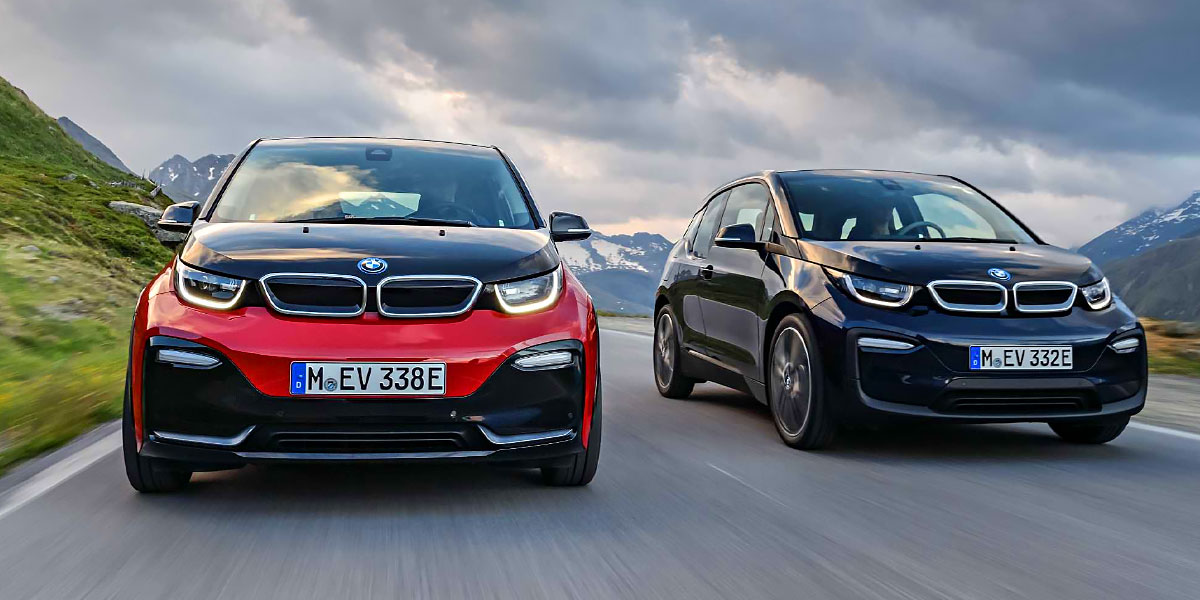BMW i3 184 hp
User Rating: 3.13 / 5





What is the BMW i3 184 hp?
The BMW i3 184 hp is a rear-wheel-drive electric hatchback launched in 2018, offering 184 hp, a 42.2 kWh battery, and up to 290 km (180 mi) range. Priced at $45,000 (€41,850), it combines premium materials with agile city driving performance.
BMW i3 184 hp price:
US$ 45000 *
| manufactured in | Germany |
| model year | 2018 |
| electric range (km) | 290 |
| battery (kWh) | 42.2 |
| max. speed (km/h) | 150 |
| 0 to 100 km/h (sec) | 6.9 |
| power (h.p.) | 184 |
| car type | hatchback / 5 doors |
| drive type | RWD |
* Minimum price set by the manufacturer, excluding taxes and additional options
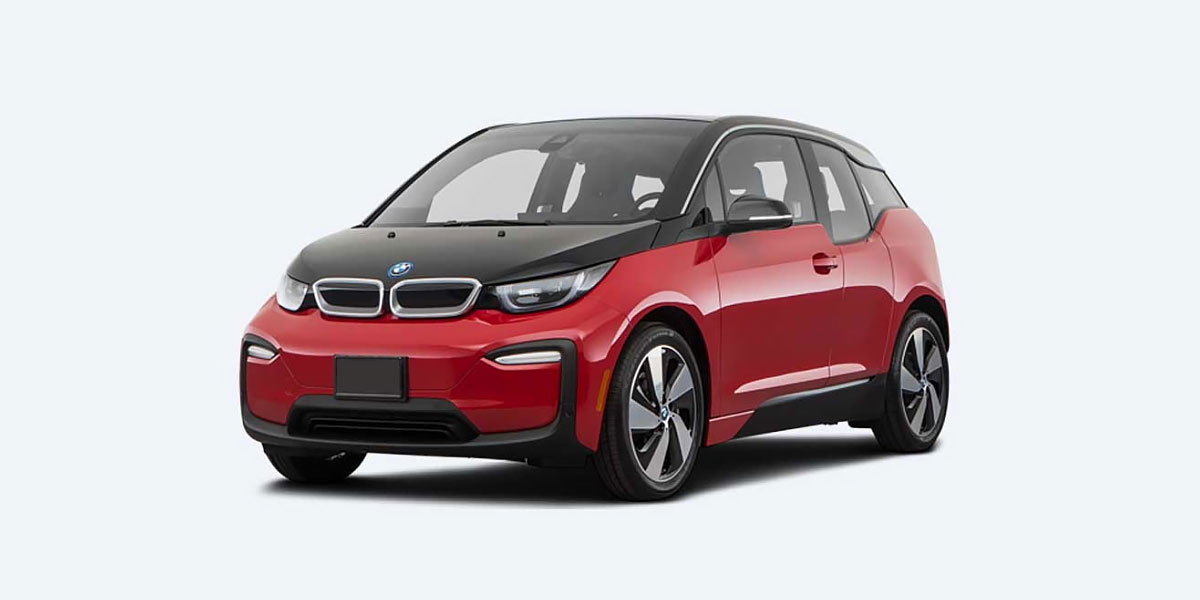
Exterior and Interior photos of BMW i3 184 hp
BMW i3 184 hp Review
BMW i3 184 hp: Compact EV with a Premium Attitude
The BMW i3 184 hp isn’t just a city car—it’s a statement of how sustainable engineering and sharp urban driving can peacefully coexist. Built in Germany and first rolling out in 2018, this RWD electric hatchback brings a healthy 184 hp punch into a sleek five-door package that feels right at home weaving through tight city streets.
- Manufactured in Germany with a focus on sustainable luxury and lightweight design innovation.
- Debuted in 2018 as a higher-output trim of the i3 lineup with sharper dynamics and a punchy motor.
- Priced at $45,000 (€41,850), this BMW sits at the top of the small premium EV food chain, offering high-end materials and city-slicker handling.
i3 184 hp specs: Power Meets Precision in a Compact Form
Battery
The i3 184 hp packs a 42.2 kWh battery capable of delivering a WLTP-tested range of 290 km (180 miles). Ideal for short hauls and everyday tasks, it also supports fast charging to help you get moving again without babysitting a charge port for hours.
- Battery Capacity: 42.2 kWh
- Range: 290 km (180 miles)
- DC Fast Charging Capable
Performance
This little BMW’s got some surprising snap. With 184 horsepower (137 kW) and 270 Nm of torque, the i3 184 hp launches from 0 to 100 km/h (0–62 mph) in just 6.9 seconds. Top speed hits 150 km/h (93 mph), which is plenty for its urban stomping grounds.
- Power: 184 hp (137 kW)
- Torque: 270 Nm
- 0–100 km/h: 6.9 seconds
- Top Speed: 150 km/h (93 mph)
There are no known trim variations for the 184 hp variant, as it represents the high-spec version of the i3 lineup focused on enhanced performance within the existing chassis framework.
Exterior and Interior: Urban Futurism Meets Natural Elegance
Exterior
The i3 isn’t trying to look like every other hatchback on the block. From its short overhangs to its distinct U-shaped LED lights and that funky upright roofline, the styling screams next-decade thinking. Large glass surfaces boost visibility and give the cabin a more spacious feel despite the compact 157.4 in (400 cm) footprint.
Interior
Step inside and you’re surrounded by eucalyptus wood trim, recycled plastics, and open-pore materials. It’s lounge-like and airy, with the iDrive system front and center, complete with touch and rotary control.
Pros and Cons
Pros
- Fast-charging capability
- Agile and fun-to-drive rear-wheel setup
- Eco-conscious interior materials
- Sharp urban driving dynamics
- Unique design that stands out in traffic
Cons
- Limited rear seat space
- No all-wheel drive option
- Shorter range compared to newer rivals
- Four-seat configuration
- Unconventional styling isn’t for everyone
Conclusion: Is the i3 184 hp Still a Solid Choice?
If you’re the type who prizes charm, quality, and city-friendly size, the i3 184 hp still has plenty of juice in 2024. It’s not trying to out-range Teslas or drag race Mustangs—it’s all about clean, premium urban motoring. Quiet, quick, and thoughtfully built, it remains a unique gem in a sea of sameness.
Manufacturer: BMW
Related Video
Comparison:
The BMW i3 184 hp may be compact, but it plays in a big league when it comes to premium urban EVs. Let's stack it up against the Mini Electric, Fiat 500e, Honda e, and Renault Zoe to see how it fares in range, speed, power, and value.
Range
With 290 km (180 miles), the i3 leads over the Mini Electric (234 km), Honda e (210 km), and Fiat 500e (250 km). Only the Renault Zoe surpasses it with 395 km (245 mi), but that comes at the cost of interior finesse.
Acceleration
The i3’s 0–100 km/h in 6.9 seconds outpaces the Zoe (9.5 sec), Honda e (8.3 sec), and Fiat 500e (9.0 sec). Only the Mini Electric comes close at 7.3 seconds.
Power
The i3 delivers 184 hp, the most of this group. Mini Electric offers 181 hp, Honda e 152 hp, Zoe 135 hp, and Fiat 500e 117 hp. It’s the sportiest of the bunch.
Charging Time
All models offer fast charging. The i3 hits 80% in about 40 minutes. Fiat and Zoe need closer to 50 minutes, while Mini and Honda match i3’s pace but have smaller battery packs.
Price
At $45,000 (€41,850), the i3 is pricier than the Fiat 500e ($33,000), Zoe ($35,000), Honda e ($38,000), and Mini Electric ($40,000). But it also offers a higher-end build, tech, and design.
F.A.Q.:
What is the range on a single charge?
The BMW i3 184 hp offers up to 290 km (180 miles) of range from its 120 kWh battery pack.
How long does it take to charge?
Using a DC fast charger, it reaches 80% in about 40 minutes. Full charging at home with Level 2 takes around 10–12 hours.
What is the battery capacity?
The BMW i3 184 hp is equipped with a 120 kWh battery that supports urban and suburban driving comfortably.
What is top speed?
Top speed is 150 km/h (93 mph), which suits its role as a city-focused premium electric car.
What is total power output?
It produces 184 hp (137 kW) and 270 Nm of torque, delivered to the rear wheels.
What is the price of a i3 184 hp?
The BMW i3 184 hp is priced from $45,000 (€41,850), aligning it with other premium compact EVs.
How fast does it accelerate?
It accelerates from 0 to 100 km/h in 6.9 seconds—zippy enough for any urban setting.
Is the i3 good for long-distance trips?
It’s best for city and suburban use due to its limited 290 km range. Long trips require more charging stops.
Does it support fast charging?
Yes, it is compatible with DC fast-charging, enabling quicker battery top-ups when needed.
Is the interior really sustainable?
Yes, the interior features recycled plastics, eucalyptus wood, and natural fibers throughout the cabin.

